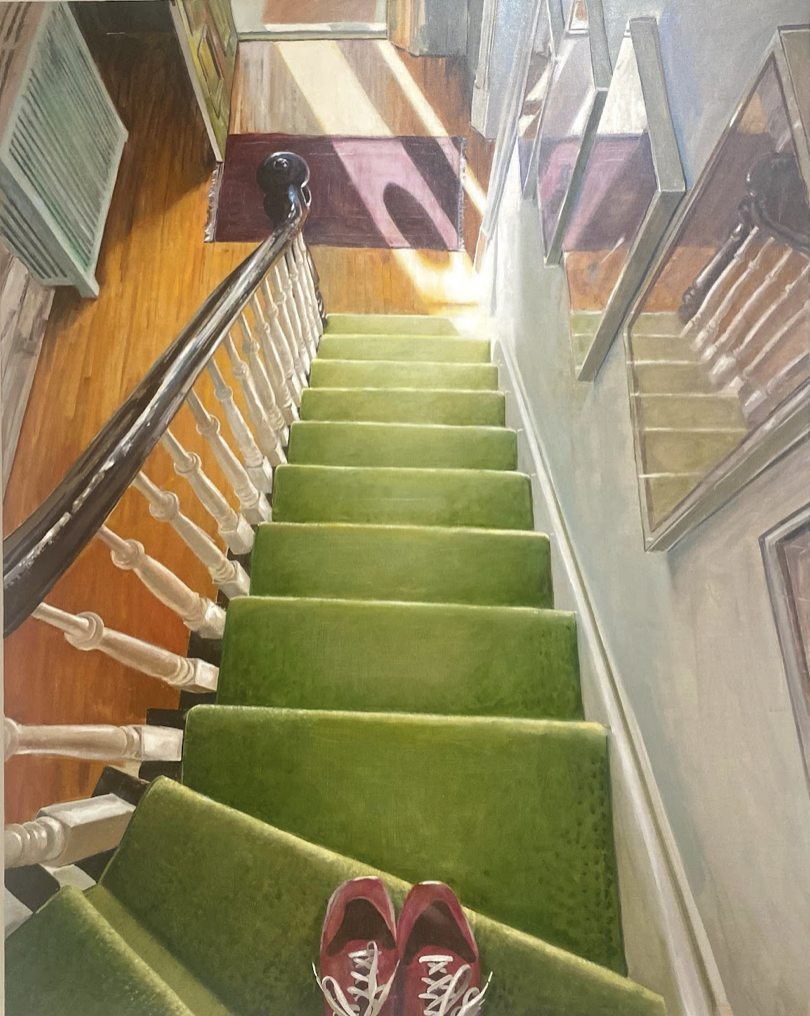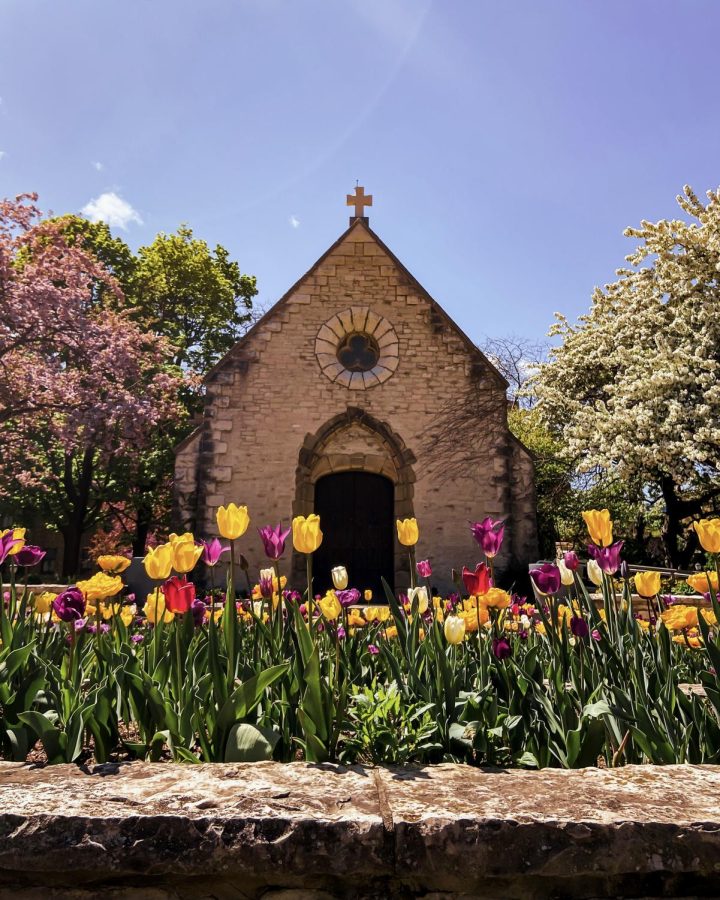
Whoever said it’s best to play by the rules undoubtedly never met Lisette Model. Or Louis Faurer. Or Ted Croner, Saul Leiter, William Klein or Robert Frank.
Together, these six photographers’ work makes up the bulk of the Milwaukee Art Museum’s latest exhibit, a distinguished collection titled “Street Seen: The Psychological Gesture in American Photography, 1940-1959.” With 101 photos — most of them timeless black and whites — the exhibit highlights the innovation of photography as an art form and the bold efforts of photographers to validate their work.
Lisa Hostetler, the museum’s curator of photographs and the pioneer of the exhibition, dreamt up the idea while researching and writing her dissertation at Princeton University. While studying photographer Louis Faurer, Hostetler realized how rich and interesting photography’s history was throughout the 1940s and 1950s — and became bewildered by historians’ tendency to gloss right over it.
“These photographers were part of a group that laid the groundwork for photography to gain wide acceptance in the contemporary art world,” Hostetler said.
Her idea evolved into a reality over the past five years as she gradually constructed the exhibition from the artworks of the Milwaukee Art Museum, private collectors and other museums. Works came from museums as diverse as New York City’s Metropolitan Museum of Art, the National Gallery of Art in Washington, D.C., and the National Gallery of Canada.
The exhibit showcases a number of paintings, drawings and short films along with the photographs, but the photographs consistently remain the focus of “Street Seen.”
“It’s really about seeing and being seen,” Hostetler said.
While the photographs capture ordinary moments of day-to-day life, they also incorporate a much more personal aspect that reflects the visions of the photographers themselves.
“They all saw themselves in what they photographed and made their camera into a catalyst for feeling,” Hostetler said.
Hostetler said each artist worked to use the camera as a means of expression — all while defying the standards of the day.
“They all broke the rules of proper photographic technique,” Hostetler said.
For example, images taken by other photographers during these two decades fell under strict documentary parameters of photojournalism. Instead, these photographic pioneers pushed the boundaries of their field to use cameras as a tool for manifesting their emotions. The transition involved experimenting with candid shots and increasing spontaneity.
Hostetler said much of the emotion in the group of photos emanates from the psychological developments of the era, particularly those of Sigmund Freud and Carl Jung, with their introduction of the subconscious. Artists shifted their perspective so they began to see the world through a psychological lens.
“A lot of these artists see the emergence of the subconscious into the conscious life,” Hostetler said. “They used photography to interact with the world and to figure out who they are and where they fit in the world.”
Their emotion also poured from the hardship and vulnerability of the era, a time when the remnants of World War II, the discovery of the Holocaust, the bombing of Hiroshima and the beginning of the Cold War all hung heavily in the air.
But while each of the six artists shared these ideals, Hostetler said, they had different perspectives and were drawn to different subjects. Model, for example, thrived on snapping reflections in storefront windows, while Faurer focused on the peculiar and offbeat characters roaming the streets of Times Square.
The majority of the collection’s photos are rooted in New York City, as the city proved to offer prime opportunities for photographers trying to jumpstart their careers.
Although the photographs depict the intricate details of the ’40s and ’50s, Hostetler finds remnants of city life today within them.
“I think there’s a lot of parallels with today,” Hostetler said, citing the modern era as a transition period because of both the evolution of technology and the war in Iraq.
While strolling through the exhibit, Rana Roman, 34, found a much more personal parallel with the images. Roman, who now resides in Milwaukee, used to live in New York City and was there on Sept. 11.
Her favorite photograph, Frank’s “Line in Road,” portrays an empty road framed by pedestrians and cars on either side. The image evoked her vivid memory of that day, when the streets instantly became desolate.
“It was just poignant to me,” Roman said.
Visitor Michael Landmann, 43, appreciated each artist’s work for very different reasons. He said he came to the exhibit interested in the different perspectives of the artists and what they each found unique.
“I’m kind of addicted to black-and-white photography,” Landmann said.
He also sees “Street Seen” as an outlet to pique the interest of younger generations.
“More people connect to it because everyone takes pictures,” Landmann said.
“Street Seen” runs through April 25. All the pieces in the collection will return to their respective homes immediately afterward.




